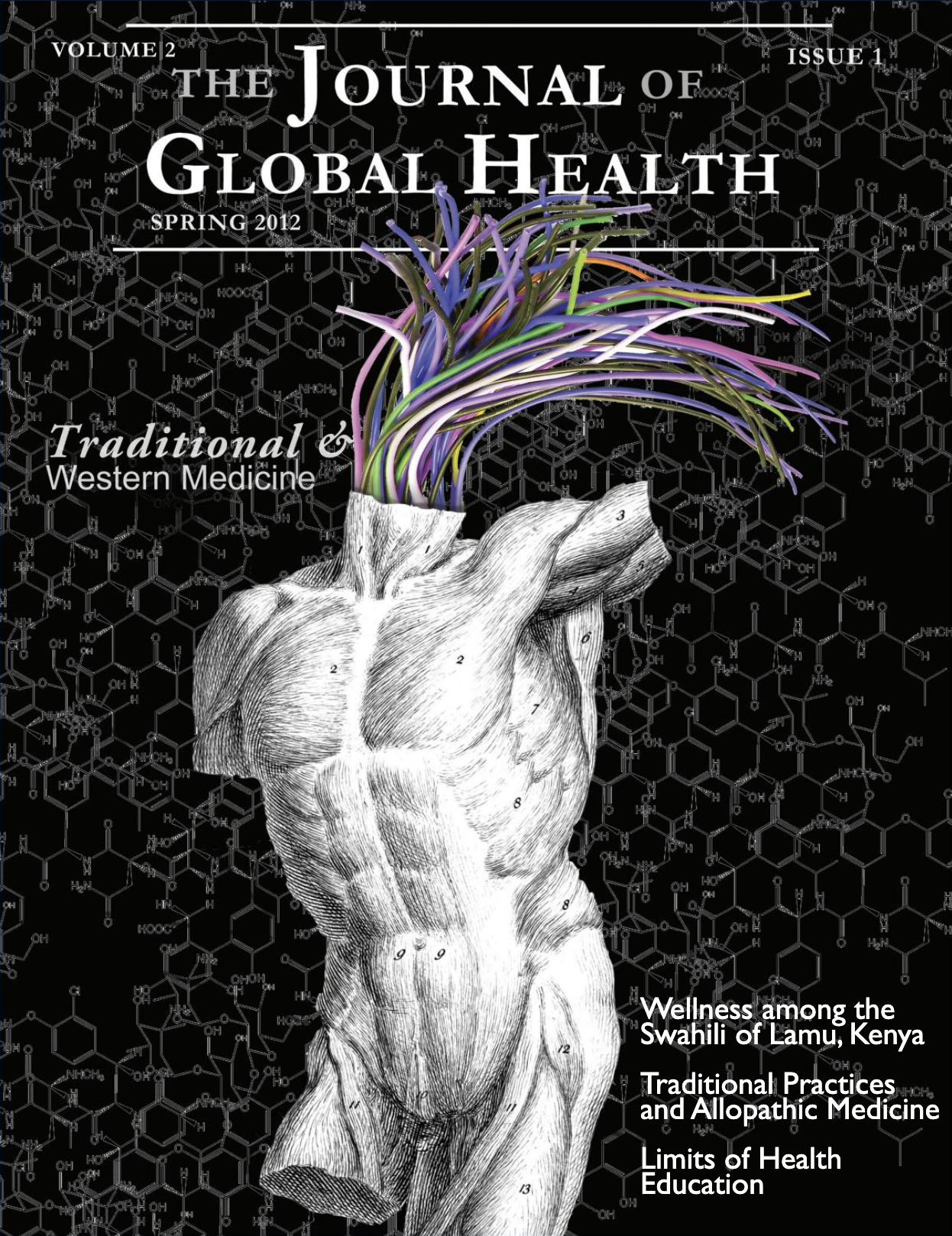Incorporating traditional medicine into Western healthcare Connie Chen, Managing Editor (Online), JGH, and Elora López, Senior Editor, JGH, in conversation with Gerard Bodeker, Ed.D, M.Psych. (Department of Clinical Medicine, Division of Medical Sciences, University of Oxford) Yemeng Chen, L.Ac, FICAE (President of the New York College of Traditional Chinese Medicine)
Main Article Content
Abstract
Traditional medicines, which include herbal remedies, acupuncture and spiritual therapies, have been used for millennia by various peoples to treat acute and chronic illnesses. In many developing countries, they remain the most accessible and most commonly used form of medical care (WHO, 2002). While pharmaceutical medicines are commonly used in developed countries to treat a vast range of infectious diseases and chronic conditions, patients in developing countries continue to rely on traditional medicines for several reasons. For one, herbal medicines are a far less expensive alternative to pharmaceutical drugs in most regions of the world. This makes them the only feasible option for impoverished families who cannot afford to buy Western pharmaceutical drugs, even if they wanted to do so. In countries such as Ghana, where malaria is endemic, a single course of pyrimathine/sulfadoxine antimalarial drugs can cost several dollars, whereas traditional Ghanaian herbal medicines are considerably less expensive (WHO, 2002). There is also a discrepancy in many countries in the number of traditional medicine practitioners as opposed to medical doctors available to the public. In Uganda, the ratio of traditional medicine practitioners to the total population is between 1:200 and 1:400, but the ratio of doctors to the total population is 1:20,000 (WHO, 2002). This limited access to Western medical professionals and pharmaceutical drugs necessitates
Article Details

This work is licensed under a Creative Commons Attribution 4.0 International License.

